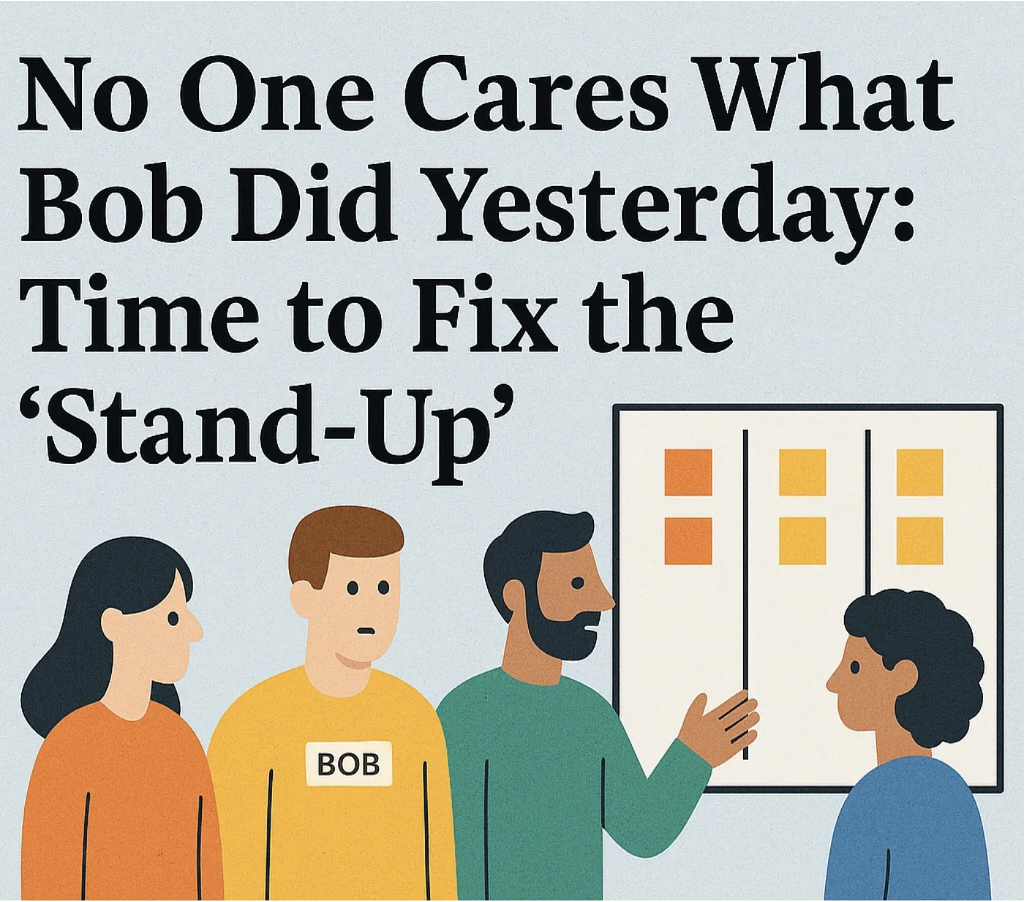Do Less, Accomplish More - (Lower Your WIP)

Have you ever felt like you have too much work on your plate? Do you often start new tasks before finishing the ones you already have? Do you struggle to meet deadlines and deliver value to your customers?
If you answered yes to any of these questions, then you might be suffering from the effects of high work in progress (WIP). WIP is the amount of work that you have started but not completed. It might seem like a good way to get more done in less time, but research shows that it actually reduces productivity, efficiency, quality, and satisfaction.
In this blog post, I will explain why high WIP is bad for you and your team, and how you can use Kanban to lower your WIP and accomplish more.
Why High WIP is Bad
It Increases Complexity and Uncertainty
First, it increases complexity and uncertainty. When you have too many tasks in progress, you have to deal with more dependencies, risks, changes, and unknowns. This makes your work more difficult and unpredictable.
It Slows Down Your Flow and Delivery
Second, it slows down your flow and delivery. When you have too many tasks in progress, you have to split your attention and resources among them. This causes delays, queues, and bottlenecks in your work process. It also increases the lead time, which is the time it takes for a task to go from start to finish.
It Lowers the Quality and Value of Your Work
Third, it lowers the quality and value of your work. When you have too many tasks in progress, you are more likely to make mistakes, forget details, and lose sight of the big picture. This can lead to defects, rework, waste, and customer dissatisfaction.
How Kanban Can Help
Visualize Workflow
First, Kanban helps you visualize your workflow. By using a Kanban board with columns representing different stages of your work process, you can see what you are working on, what is waiting for your attention, and what is done. This helps you prioritize your work, identify bottlenecks, and avoid overloading yourself with too much work.
Limit WIP
Second, Kanban helps you limit your WIP. By setting limits on the amount of work in progress, such as a maximum number of items that can be in each column of your Kanban board, you can prevent yourself from starting new work until you finish what you have already started. This is one of several ways Kanban helps control WIP to help reduce complexity, improve focus, and increase throughput.
Optimize Flow
Third, Kanban helps you optimize your flow. By measuring the time it takes for each item to move from one column to another on your Kanban board, you can track the performance of your work process and identify opportunities for improvement. This helps you eliminate waste, reduce variability, and deliver value faster and more consistently.
Conclusion
High WIP is a common but harmful problem that can negatively affect your productivity, quality, value, and well-being. Kanban is a powerful tool or strategy that can help you solve this problem and adopt a more effective way of working. By visualizing your workflow, limiting your WIP, and optimizing your flow, you can do less and accomplish more.
If you want to learn more about how Kanban can help you improve your work performance and satisfaction, check out the ProKanban.org website for certification, training courses, resources and assessments. You can also join the ProKanban.org community on Slack, check out the blog, and follow along on YouTube to share your experiences and learn from others.
I hope you enjoyed this blog post and found it useful. If you have any questions or feedback, please feel free to leave a comment below or contact me directly.
Andrea Pratt-Smith
CEO, Creative Minds Projects, Agile Project Management Consultant (PMP | PMI-ACP) Advanced Certified ScrumMaster (A-CSM) & Professional Kanban Trainer (PKT)



